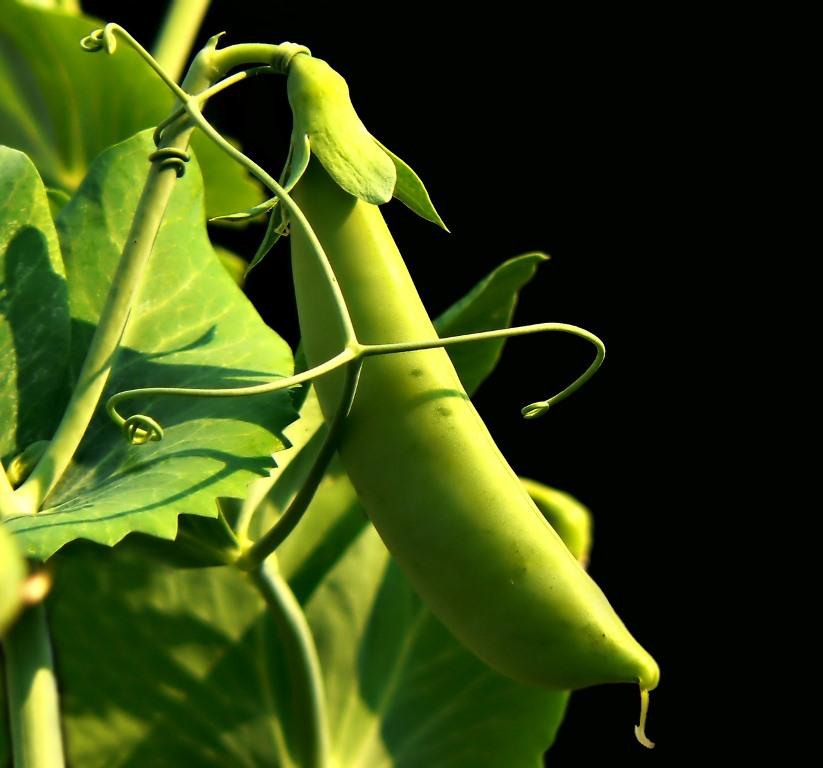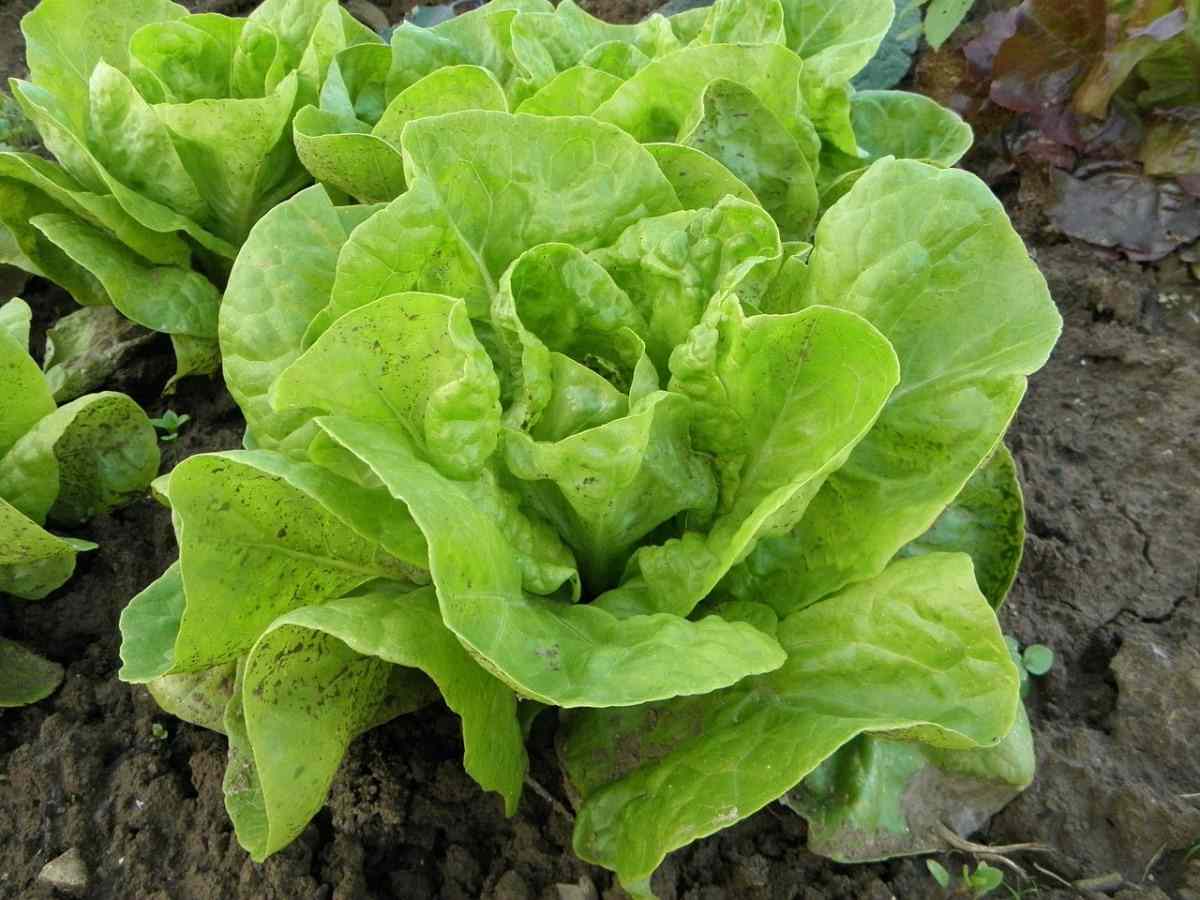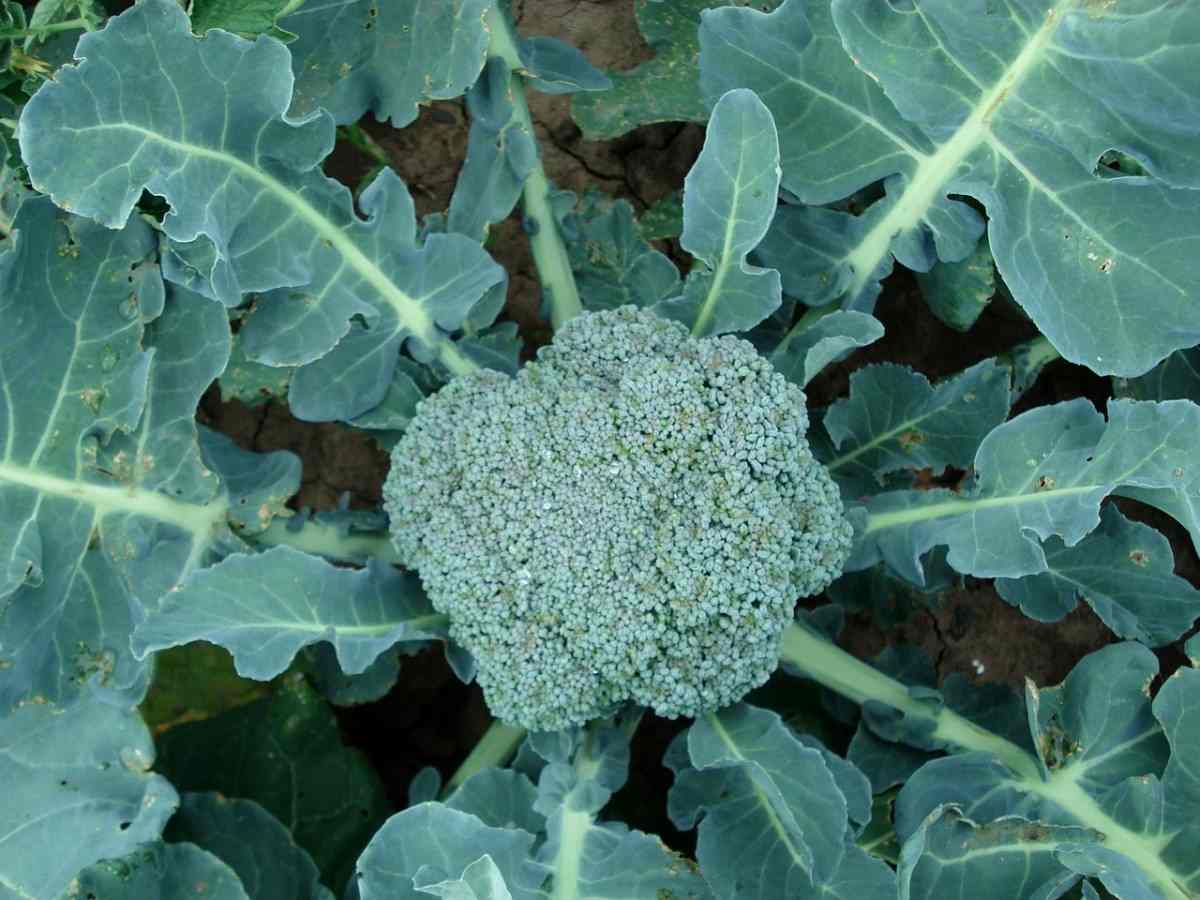Introduction to Gardening in Australia tips and Frequently Asked Questions for beginners– Hi, are you wondering about how to start gardening in Australia? Well, we are here with some frequently asked questions about starting a garden in Australia. These frequently asked questions and answers are mostly related to:
- Vegetable gardening in Australia
- Fruit gardening in Australia
- Flower gardening in Australia
- Container gardening in Australia
- Backyard gardening in Australia
- Balcony gardening in Australia
- Terrace or rooftop gardening in Australia
- Vertical gardening in Australia
- Greenhouse gardening in Australia
- Hydroponic gardening in Australia
- Aquaponic gardening in Australia
A Guide to Gardening in Australia, Tips, Frequently Asked Questions (FAQs) for Beginners
Now, let us discuss some frequently asked questions about Australian gardening.
What grows very well in Australia?
- Eucalypts
- Proteaceae
- Melaleuca
- Wildflowers
- Haemodoraceae
- Eremophila
What are the vegetables that grow all year round in Australia?
Plants that grow all year round in Australia are given below:
- Beans
- Peas
- Radishes
- Spring onions
- Rocket
- Radishes
- Beetroot
You may also check this: How To Grow Cauliflower in Greenhouse.

What vegetables grow well in winter in Australia?
Some winter vegetables that will grow very well in drier parts of Australia are listed below:
- Broad beans
- Broccoli
- Brussels sprouts
- Cauliflower
- Lettuce
- Peas
- Spinach
- Tomatoes

How do you prepare the soil for planting plants in Australia?
You need to add organic matter, such as compost or even aged animal manures because they are very important for all soils. Sandy soil has particles that are quite large and even coarse compared with clay. Then grab a handful of moist, sandy soil and it won’t stay together.
What fruits grow well in winter in Australia?
- Beurre Bosc pears
- Golden Delicious apples,
- Navel oranges (Cara Cara and Rosey Red varieties)
- Rhubarb
- Strawberries
Can I grow cucumbers in winter in Australia?
In temperate and subtropical areas, you need to sow and then plant cucurbits seedlings from September to January. In cooler areas, you need to start plants in pots in September and then grow them under glass until the soil is warm enough for planting in October or November.
What can I grow in winter in Australia?
You can grow Artichoke, Asparagus, Broad Beans, Beetroot, Broccoli, Cabbage, Carrot, Kale, Lettuce, Onion, Parsnip, Pea, Potato, Pumpkin, Radish, Rhubarb, Silverbeet, and even Spinach.
How can I make my clay soil better in Australia?
To better your clay soil, you need to add powdered gypsum at the rate of two to three handfuls per square meter, then dig the soil over and water it in.
However, for a faster option, for example, in planting holes, you need to use a liquid clay breaker with organic matter.
You need to add a handful of powdered gypsum to the bottom of the planting hole.
How do I fill a raised garden beds
You need to fill the bottom half of very large beds with ordinary soil. The roots of the vegetables won’t reach that far anyway so this will make the project a touch more economical. Good quality soil mix which contains compost and fertilizer should be used for the highest 30 or 40 centimeters.
How do I start a kitchen garden in Australia?
The main options for places to plant are garden beds, raised freestanding beds, or pots. If you’re digging directly into the soil, raise the soil level within the bed by adding compost and manure. This may not only help to provide nutrients but also will improve drainage.
What fruits are you able to grow in Australia?
Australia grows a good range of deciduous fruits including Apple, Pear, Grape, Nashi, Peach, Nectarine, Plum, Apricot, Cherry, and to a lesser extent persimmon, Kiwifruit, and Blueberries.
What are the popular vegetables to grow in Australia?
- Tomatoes
- Potatoes
- Broccoli
- Cauliflower
- Celery
- Capsicums
- White Onion
- Cabbage
In case if you miss this: How To Grow Hydroponic Parsley

What flowers bloom all year round in Australia?
Below listed flowers bloom all year round in Australia
- Sunflowers
- Carnation
- Celosias
- Dahlias
- Everlasting daisies
- Nasturtiums
- Petunias
- Poppies
What flowers grow in winter in Australia?
You need to plant pansies, violas, cineraria, calendula, dianthus, lobelia, snapdragon, stock, and poppies for winter color. Small native shrubs like Leptospermum and Grevillea are often planted now and are an honest option for a difficult spot as they’re tough and tolerate dry conditions.
What am I able to plant with roses in Australia?
Companion plants that grow well with roses are given below:
- Mini agapanthus
- Lamb’s Ears
- Erysimum
- Woodworm
- Dianthus
- Pansies
- Petunias
- Violets
- Daisy
- Strawberries
- Gerbera
- Daylilies
- Iris
- Delphinium
What should I neutralize my garden in winter in Australia?
Loosen the highest of the soil with a lightweight forking over.
Layer 1- Horse Manure: you need to apply around 6cm deep.
Layer 2 – Green waste: Add plant pruning, leaves lawn clippings, or even kitchen scraps.
Layer 3 – Mulch: Millie is using straw which can help prevent any weed seeds from germinating.
Should I mulch in my garden in Australia?
Mulch: you need to apply mulch to garden beds to require advantage of winter rainfall and make sure the surface roots of plants are kept shielded from winter. Mulching is usually an excellent idea because it improves soil structure and helps retain moisture for the hotter months ahead.
What is the best mulch to use in Australia?
A really good all-around mulch is that the coarse wood mulches like pine bark or eucalypt chips. They are doing an honest job of insulating the soil by trapping much air around the particles also allowing moisture down into the soil.
How to start a garden for beginners?
Follow these guidelines for beginners and you will be off to an excellent start.
Step 1 – Know your garden. Know your site: the primary step in creating the right garden is to familiarize yourself with the world you would like to plant.
Step 2 – Create your color palette.
Step 3 – Design your garden.
What is the rarest flower in Australia?
He has one among the rarest plants in Australia – just one individual is understood within the wild, the Ormeau Myrtle.
What vegetable takes the shortest time to grow?
5 Super Speedy Vegetables are given below:
| Radishes | Sowing to harvest: 25 days. |
| Salad leaves | Sowing to harvest: 21 days. |
| Bush beans | Sowing to harvest: 60 days. |
| Carrots | Sowing to harvest: 50 days. |
| Spinach | Sowing to harvest: 30 days. |
What are the vegetables that grow in 30 days?
Fall vegetable plants that will be grown in 30 days are given below:
- Lettuce may be a fast grower that thrives in cool fall weather
- Radishes grow fast; they’re ready for harvest in about 28 days
- Spinach thrives in cooler weather
Can I grow Australian natives in pots?
There are numerous new forms and hybridized sorts of Australian natives that are a touch more compact and have great long flowering periods, so there are many native plants that will work well in a pot or container.
What is the best potting mix for Australian natives?
Potting mixes that are used successfully include Rough River sand or coco sphagnum mix within the ratio of 3:2 and a mixture of coarse river sand or coco peat moss or sandy loam within the ratio of 5:4:3. If you create up your own mix, then add some slow-release fertilizer at the speed recommended on the pack.
What are Australian native flowers?
The Australian native flowers are given below:
- Desert flame
- Grevillea
- Kangaroo paw
- Canberra bells
- Pink rock lily
- Aussie box
- Lilly pilly
- Bottlebrushes
How do I start a vegetable garden in Australia?
The main options to plant are garden beds, raised freestanding beds, or pots. If you’re digging directly into the soil, raise the soil level within the bed by adding compost and even manure. This may not only help provide nutrients but also will improve drainage.
Can I have a garden on a balcony in Australia?
A balcony garden is strictly what it sounds like—a garden that is arranged on a balcony. Given the limited space, this sort of urban gardening relies on container gardening. Counting on the dimensions of your balcony, you’ll need to add small trellises to your pots and containers to enable some plants to grow vertically.
How does one maintain a terrace garden in Australia?
- You can grow organic vegetables in your terrace garden
- In case if you’ve got little soil for terrace gardening, you’ll need to plant flowers like Sedums or Alpines
- Make use of plastic containers, they’re very light and hold better moisture than terracotta
- You need to avoid watering the plants in the rainy seasons
- Another noteworthy thing is sunlight, you can provide green sahdenet to avoide extreme hot climate
What are the best plants for a balcony garden?
The best plants for Balcony Gardens are given below:
1) Impatiens
2) Verbena
3) Marigolds.
4) Pansy
5) Petunia
6) Vine
7) Pelargonium
8) Begonias
What are you able to grow in a greenhouse in Australia?
Vegetables commonly grown in greenhouses in Australia are Tomatoes, Capsicum, Cucumber, and Eggplant.
What are you able to grow in a greenhouse for beginners in Australia?
Catch plants of Lettuces, Carrots, Radishes, and Beetroots also can be sown directly into greenhouse borders for a little harvest a touch before their outdoor-sown brethren. As summer approaches, you will need to start out transplanting container-grown seedlings outdoors to assist release space undercover.
What is the best greenhouse in Australia?
#1: the best all-weather greenhouse: Garden greenhouse from Levede Store. If you’ve got concerns about the sturdiness of your backyard greenhouse, then the garden greenhouse from Levede Store is that the correct purchase for you.
Where should a greenhouse need to be placed?
To attenuate shading effects, greenhouses are generally oriented north-south. In southern areas of Australia, an east-west orientation may end in slightly more light transmission, but the necessity for cooling and ventilation is a more important factor under Australian conditions.
What are the benefits of vertical gardening?
The benefits of having vertical gardening are given below:
First and foremost: increased yields. Making maximum use of space means a good and heartier harvest. Maintaining and harvesting from vertical planting is additionally physically easier—plants reach a better level.
What types of vegetables are usually grown hydroponically in Australia?
Even Corn and Melons are often grown hydroponically as Peas, Sugar snaps, and Beans which may be grown up in a frame sitting above or around the tank. Although it’d seem unlikely, root vegetables like Carrots and Beetroot are both massive and even delicious when grown in a deeper hydroponic system.
What plants will grow well in aquaponics?
The popular and easy to grow vegetables are given below:
- Tomatoes
- Leafy Lettuce
- Watercress
- Peppers
- Cucumbers
- Cauliflower
- Cabbage
- Strawberries
Do I need to change the water in aquaponics?
You’ll need to top up water lost to evaporation, etc.; however, the system is self-cleaning when operational, however, it is recommended to change the water once in 2 to 3 weeks.
How often does one change the water in an aquaponics garden?
A general rule of thumb is that aquaponic water should be changed out every two to three weeks. Counting on your system you’ll need to change it more or less often to take care of optimal pH and nutrient levels.
How often should I water my vegetable garden in Australia?
It’s best to water deeply and sometimes instead of shallowly a day, so you need to use a sprinkler instead of a watering wand. Set a rain gauge bent to measure what proportion of water your sprinkler puts on the garden. If possible, water very deeply with a sprinkler just one occasion every week.
- Where to Place Indoor Plants in Your Home
- How to Grow Tomatoes Organically at Home: A Comprehensive Guide
- Organic Gardening on a Budget: Low-Cost Methods and Materials
- Gongura Seed Germination and Planting Methods
- Cabbage Seed Germination and Selection
- Broccoli Seed Germination and Selection
- Asparagus Seed Germination and Variety Selection
- Seasonal Flower Gardening: Best Practices for Spring, Summer, Fall, and Winter
- How to Grow Hibiscus from Flower
- Plantation Ideas for Home Decoration: A Beginners Guide
- Flower Garden Designs and Layouts for Beginners
- Planting and Spacing Techniques in Papaya: A Beginner’s Guide
- Growing Gold: Essential Techniques for Planting Pineapples
- How to Make Kalanchoe Plant Bushy: Home Remedies and Solutions
- 11 Reasons Why Your Gardenia is Not Blooming: Home Remedies and Solutions
- Eco Elegance: The Guide to Designing a Drought-Tolerant Landscape
- Gardening on a Slope: Strategies for Hillside Landscaping
- Nourish and Flourish: Top Organic Mulches for Thriving House Plants
- Everything You Want to Know about Indian Mogra Flower: Discover Uses and Growing
- Green Thumb Success: Expert Tips for Cultivating Greenhouse Pumpkins All Year Round
- Maximize Growth & Flavor: The Ultimate Guide to Companion Planting in Herb Gardens
- How to Control Rhododendron Problems Naturally: Home Remedies and Organic Ways to Fix Them
- Natural Magic: The Remarkable Benefits of Cinnamon for Plants
- Best Steps to Revive Dying Tulip with Natural and Organic Treatment
- 10 Reasons Why Your Angel Trumpet is Not Blooming: Remedies and Treatment
- How to Fix Periwinkle Leaf and Flower-Related Problems: Natural Remedies and Solutions
- How to Fix Zinnias Leaf and Flower Problems: Discover Natural and Home Remedies
- Organic Steps to Induce Lemon Tree Flowers: A Comprehensive Guide
- Bloom Booster: Crafting the Perfect Homemade Bougainvillea Fertilizer
- Optimizing Growth: A Guide to Applying NPK Fertilizer for Potted Plants